Willow Moon: S~aille
‘I am the hawk of May, balanced above the cliff’ (Song of Amergin. Roselle Angwin’s translation)
We move from Alder Moon into Willow Moon on the 15th April - shortly after the full ‘pink moon’ this evening (13th April) - and Willow Month ends on the eve of the next full ‘flower moon’ on the 12th May; so this time our celtic tree month almost coincides with a full moon cycle. I have enjoyed looking for and getting to know some alder trees over this past month on my local meanderings, especially around holy wells and surrounding marshlands. It’s not too late to post your alder related images and discoveries on our substack chats or in the comments!
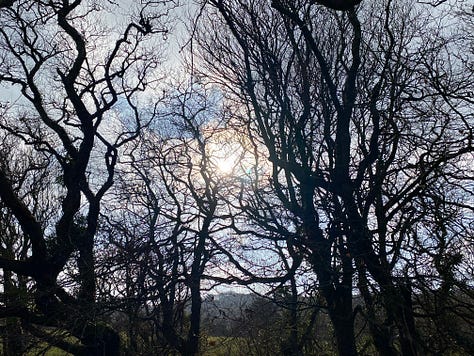

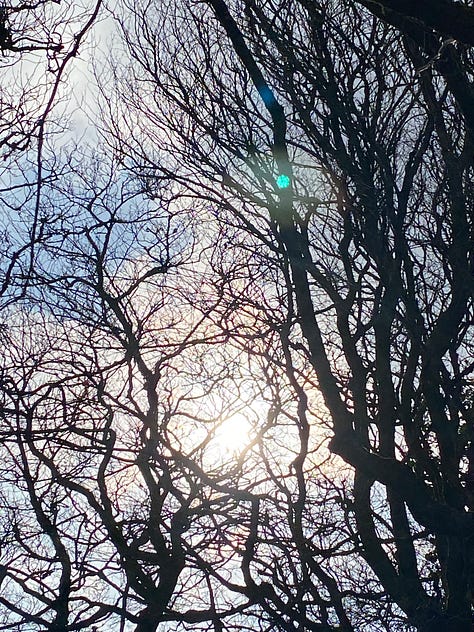
Willow shares some symbolism with the Alder Tree in that it is also very connected with the water element: it loves to grow by the water and strengthens stream and river banks with its thick root system, as well as purifies water. It roots very easily, grows fast and exuberantly and is therefore associated with the quality of expansiveness, fluid expressiveness and with the feminine principle. Maybe the weeping willow is the clearest example of this, with its evocatively sad and mourning but also flowing and magical shape - creating as it does a hidden, tent-like space underneath itself. Willow is said to aid and enhance dreaming, visioning and the imagination, with transgressing the boundaries of the rational mind, and also with poetry and music. Harps and double basses are often made from willow-wood, giving them their distinctive deeply-resonating sound. The best artist’s charcoal is made from willow wood. Here is a haunting and mysterious willow song:
The male willow’s pussy willows and female willow’s catkins alike offer an early pollen source to insects and thereby create a welcome nourishing habitat for many animals and birds during their nesting season - for example the willow-warbler. Willow is tolerant of changing conditions, flexible and adaptable, and used for weaving baskets, fences, and in ancient times even fishing nets! The quality and atmosphere of a willow-tree often feels actively embracing, as if the tree reaches out to us in a particular, usually benign way - definitely wanting to be noticed and communed with! In my experience, willow can teach us a lot about exuberantly abandoning ourselves to the ebb and flow of life.
Traditionally, willow is also associated with thresholds and crossroads - maybe between the conscious and more unconscious aspects of our minds - with witches who usually ride brooms made from willow twigs, and with both the sun god Bel and the moon and earth goddess Brigid. Willow bark contains the natural source of aspirin and tea made from its bark is therefore pain relieving and anti-inflammatory, as well as alleviating fevers. The association between willow and the hovering hawk in the song of Amergin is less clear. However, hawks are often seen hovering around the nesting time of willow month - so maybe their clear-sighted view from the air above can be understood as complementary to the watery immersion of willow in the waters of emotion?
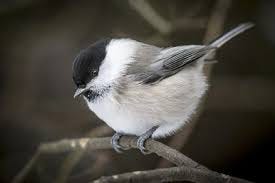
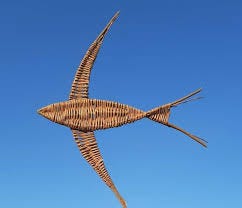
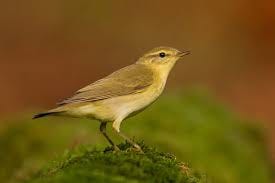
Willow month straddles the joyous seasonal festival of Beltane on the 1st May, which heralds the beginning of summer. Wishing you warm and bright explorations of willow in the moon- and sunlight, and looking forward to some of you perhaps sharing your thoughts and images in the comments or in our new chat thread here: I have a couple of friends visiting me over the Easter period and will involve them in the search for willow trees in this wild and rugged land! Please do share your images, thoughts and inspirations in the comments or on our new chat thread:
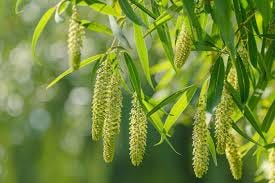

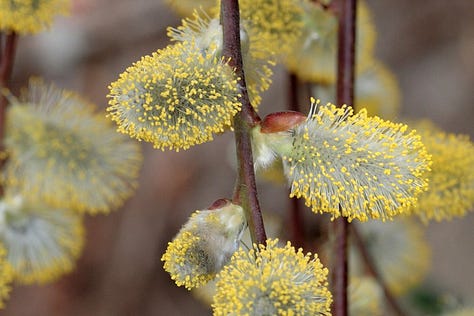




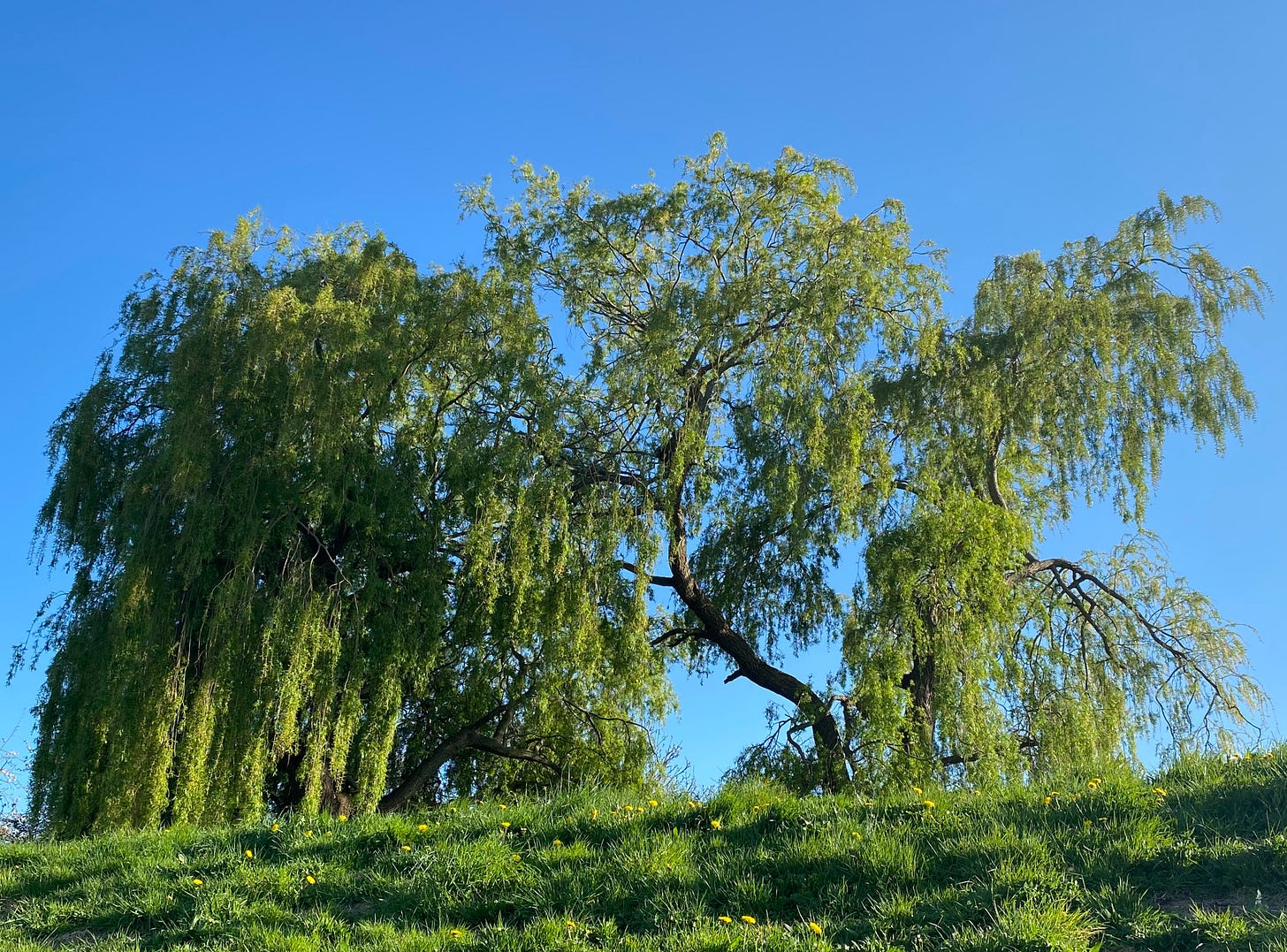

Hello Akashadevi - nice to read all these, and I like the images.
I need to tell you though that the 'keynote' phrases of the moon-trees of Rowan, Ash and Willow that you use here are my own versions, from my book, not the literal translations (nor Robert Graves') of the Song of Amergin... Would you credit me there? Thank you. Rx